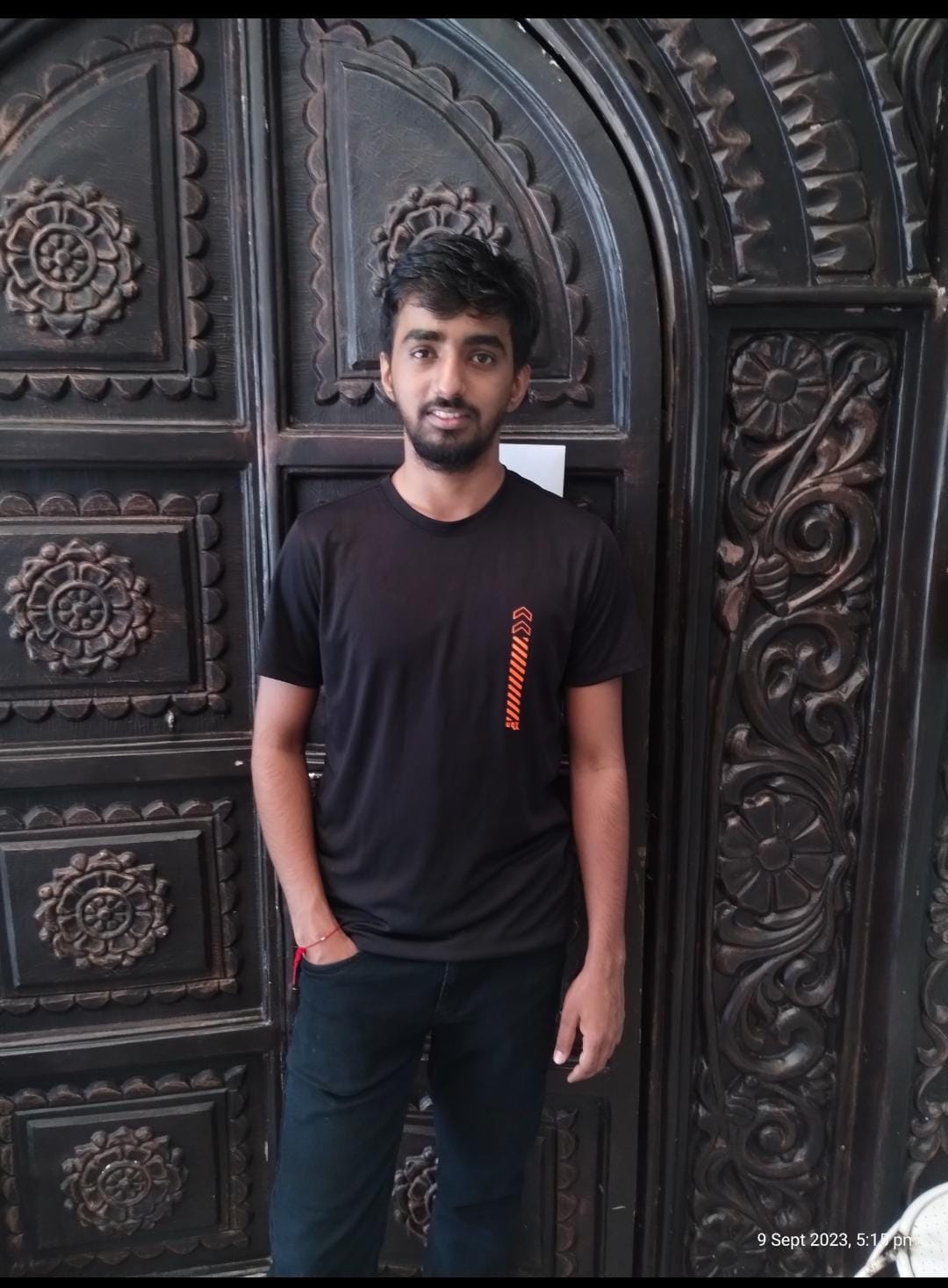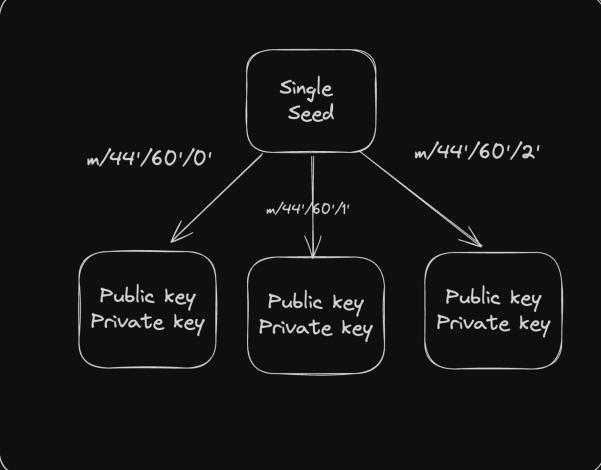Web3 Learning: Day 2 Insights and Hurdles
 Harsh Kumar Rai
Harsh Kumar Rai
Topics Covered
On Day 2, I dove deeper into several crucial Web3 concepts:
Authorization in Banking vs. Blockchain
Public and Private Keys
Encoding Methods: ASCII, Hex, Base64, Base58
Hashing vs. Encryption
Asymmetric Encryption
Creating Public-Private Key Pairs
Blockchain Transactions
Hierarchical Deterministic (HD) Wallets
Seed Phrases and Mnemonics
Where I Learned
I explored these topics through a combination of resources:
Online Tutorials and Articles: Websites like Medium and developer blogs provided clear explanations of these concepts.
Technical Documentation: Reading the official documentation of technologies like Ethereum and Bitcoin (Bitcoin whitepaper)helped solidify my understanding.
Interactive Tools: Platforms like Codecademy offered hands-on experiences with cryptographic functions and wallet creation.
Problems Encountered and Solutions
Understanding Authorization Mechanisms
Problem: Grasping how banks and blockchain handle authorization differently was initially confusing.
Solution: I compared traditional banking encryption (like SSL/TLS and AES) with blockchain’s public-private key system. I created a comparative chart to visualize these differences.
Deciphering Encoding Methods
Problem: The various encoding methods (ASCII, Hex, Base64, Base58) were overwhelming.
Solution: I used online converters and tools to practice encoding and decoding data, which helped me understand each method’s purpose and use cases.
Hashing vs. Encryption
Problem: Distinguishing between hashing and encryption was challenging.
Solution: I focused on practical examples: I implemented a hashing algorithm to verify data integrity and compared it with encryption examples for securing data. This hands-on approach clarified their distinct roles.
Creating and Managing Key Pairs
Problem: Generating and managing public-private key pairs seemed complex.
Solution: I followed step-by-step guides to generate key pairs using libraries in Python and JavaScript, which made the process more manageable.
Working with Hierarchical Deterministic (HD) Wallets
Problem: Understanding HD wallets and how they derive multiple keys from a single master seed was tricky.
Solution: I used wallet creation tools and tutorials to practice generating wallets from mnemonic seed phrases, which helped me grasp the concept of hierarchical key management.

Conclusion:
Day 2 was a deep dive into critical aspects of blockchain technology and cryptography. By combining theory with practical tools and resources, I tackled the challenges I faced and gained a clearer understanding of these essential concepts. Excited to continue this journey and apply what I've learned to real-world scenarios!
THANK YOU 💐
Happy Learning !
#learninpublic #Web3 #Blockchain #LearningInPublic #TechJourney #cryptocurrency #crypto #btc#ethereum #encryption
Subscribe to my newsletter
Read articles from Harsh Kumar Rai directly inside your inbox. Subscribe to the newsletter, and don't miss out.
Written by

Harsh Kumar Rai
Harsh Kumar Rai
I am a passionate IT student at the Army Institute of Technology, Pune, with a strong foundation in competitive programming and a keen interest in emerging technologies. My expertise spans across various domains, including: Specialist at Codeforces , 4* Star on CodeChef, and 2333 rank in Google Code Jam.Proficient in MERN stackctively exploring Web3 technologies, As I continue to expand my expertise in Web3, I am dedicated to learning in public and sharing my journey through LinkedIn and Twitter